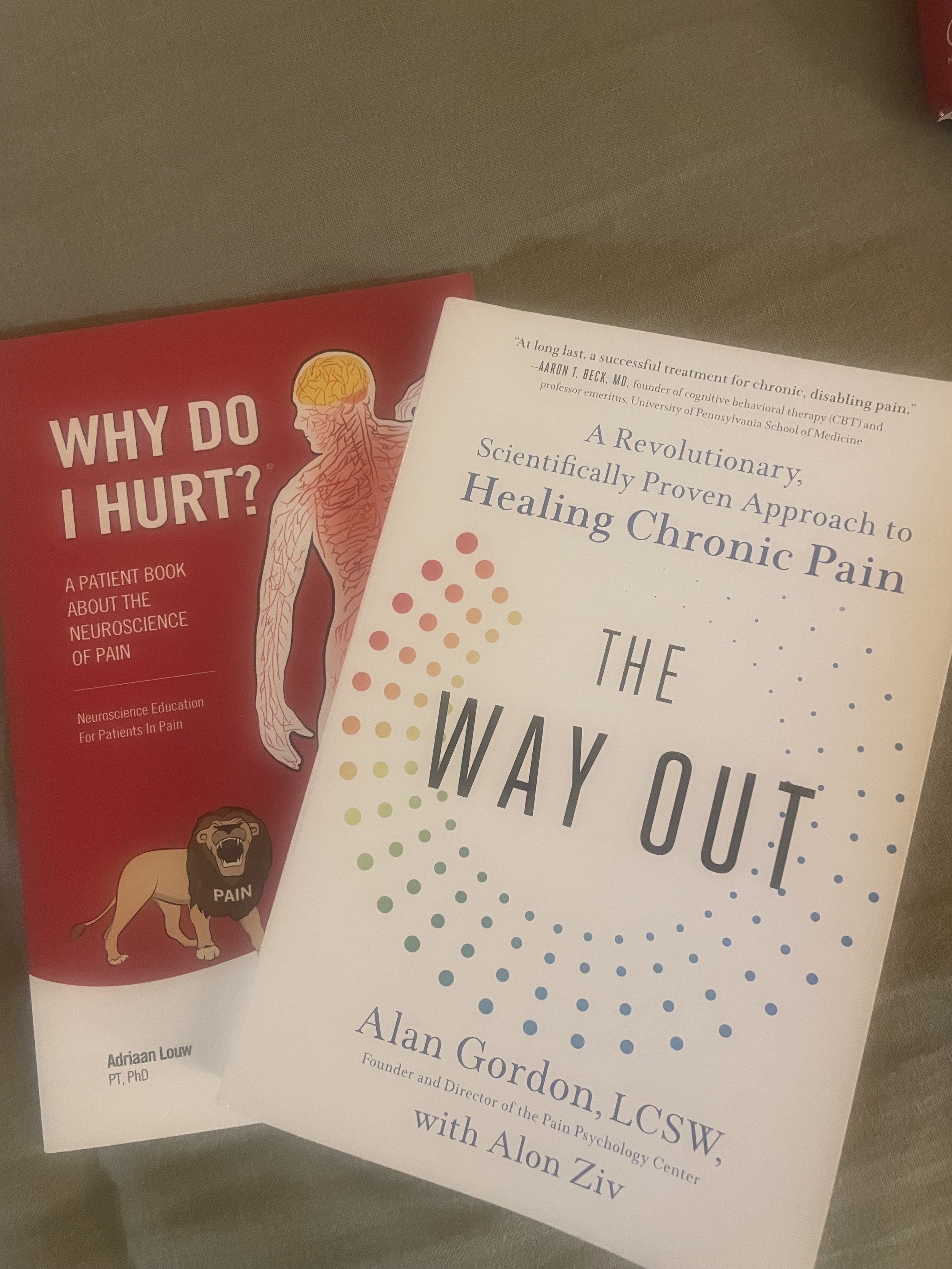Every rider who has experienced a fall knows that the effects go far beyond the physical bruise. Even when the body has healed, moments of hesitation, tension, or anxiety can appear unexpectedly - a tightening of the chest before mounting, a shortened breath during transitions, or an uneasy sense of ‘what if it happens again?’
From a neurological perspective, these responses are not simply psychological. They are protective patterns created by the brain and body after a perceived threat. The amygdala and related midbrain structures record sensory information from the event - sounds, sights, balance changes, even the feel of the saddle - and link them with the experience of danger. Later, when similar sensory cues appear, the nervous system can react as if the event were happening again.
When the Body Remembers
After my own serious falls years ago, I understood this connection in a very personal way. The horse I was riding was green, and with the second accident, I ignored my instinct that I wasn’t ready to ride again. I suffered a concussion, and even after the physical recovery, my nervous system was still on alert. Every time I went to ride afterward, my body replayed the experience. I felt the same tension in my chest, the same anticipation in my muscles, even when I told myself everything was fine.
At the time, I did what most riders do - I gave it time, rode other horses I felt safer on, and slowly rebuilt my confidence. But without the tools I now use in Applied Neurology and the Feldenkrais Method, the fear never completely disappeared. I could function and ride, but part of me still expected something to go wrong.
How the Brain Creates and Resolves Threat
As neuroscientist Joseph LeDoux’s research shows, the brain’s fear circuits are not under conscious control. We cannot ‘think’ our way out of them. They are shaped by the sensory and emotional context surrounding the event and are designed to protect us from future harm. This is why advice like ‘just get back on’ rarely works - the nervous system must be taught safety again, not forced into compliance.
Through approaches like Feldenkrais and Applied Neurology, riders can learn to gently update these neural maps. Movement exploration, breath awareness, and vision and vestibular retraining provide the brain with new sensory information that says, ‘I am safe.’ Over time, these experiences shift how the nervous system predicts threat and allow calm, fluid movement to return.
Restoring Confidence and Connection
This understanding has profoundly directed my work. I feel strongly about helping riders regain confidence using these tools - guiding the nervous system to feel safe again through gentle, progressive re-education. Confidence is not rebuilt by overriding fear but by retraining the body and brain to trust movement and possibility once more.
“Neuroscience research shows that the only way we can change the way we feel is by becoming aware of our inner experience and learning to befriend what is going on inside ourselves.”
— Bessel A. van der Kolk





